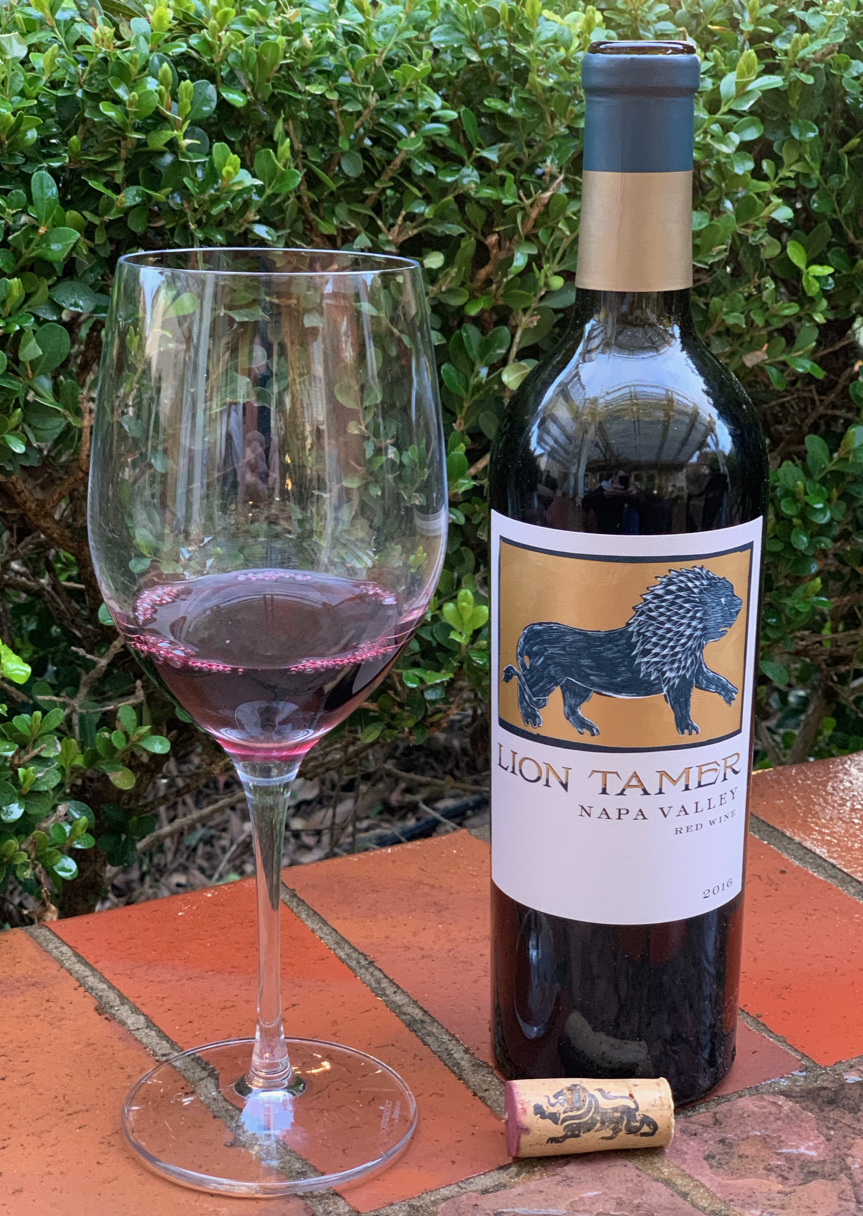2012 Clayhouse Adobe Red Blend ($14)
This was an interesting find. I love Paso Robles and the wines that are produced there. But, I wasn’t previously familiar with this one.
The Clayhouse estate Red Cedar Vineyard is located on the east side of Paso Robles within two of the sub-AVAs: San Juan Creek and Paso Robles Estrella District.
This blend is from winemaker Blake Kuhn who got his start at UC Santa Barbara with degrees in biology and environmental sciences. He later attended UC Davis to further his wine education.
Blake has done well with this Adobe Red. It’s 39% Petite Sirah, 34% Zinfandel, 12% Cabernet Sauvignon, 10% Syrah, 3% Tempranillo and 2% Malbec.
It has nice black fruit flavors of cherry and blackberry with a bit of jammy flavor, some nice oak additions of vanilla and cocoa and finishes very smooth. This is a very tasty red blend at a great price. Cheers!




